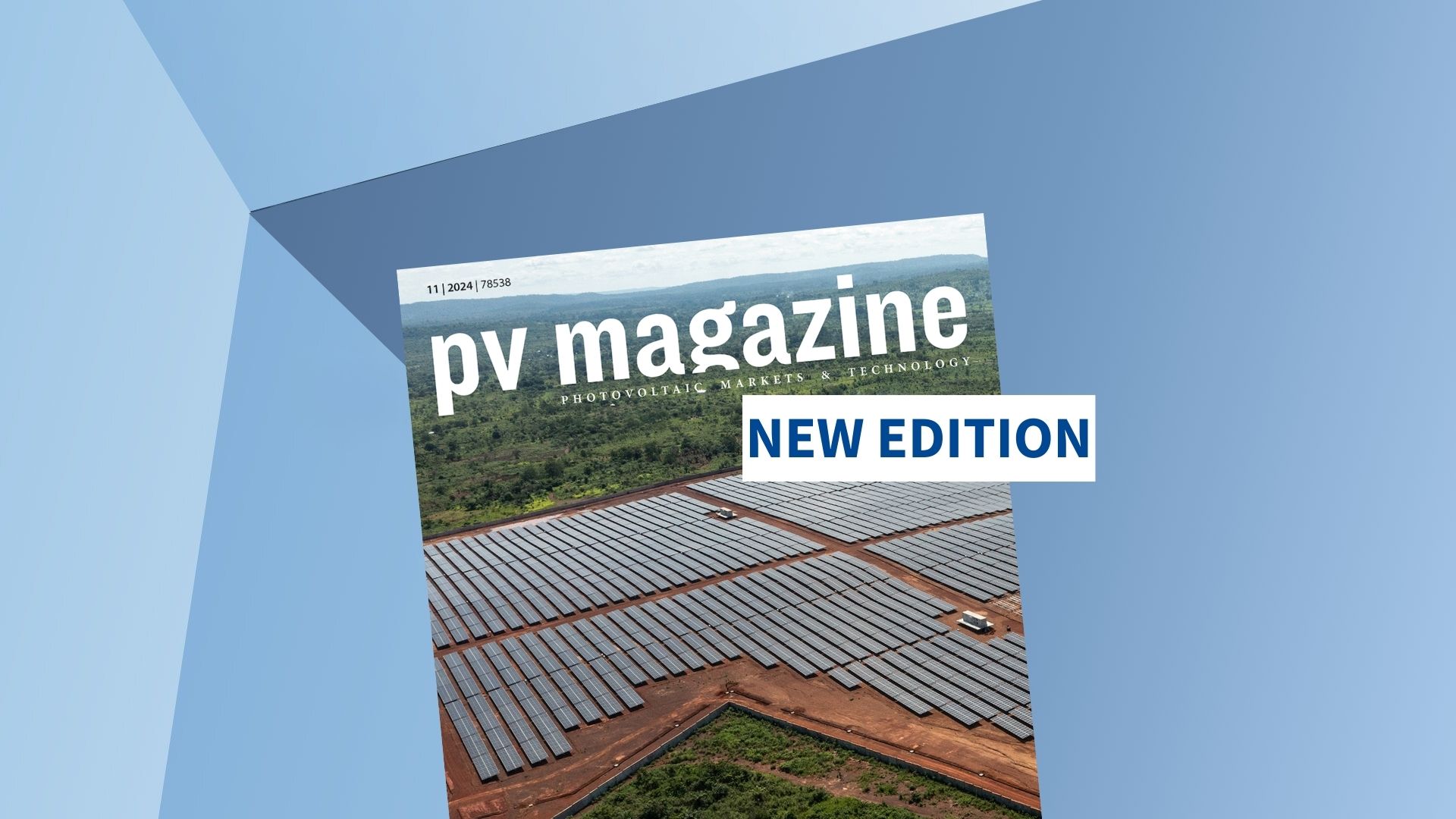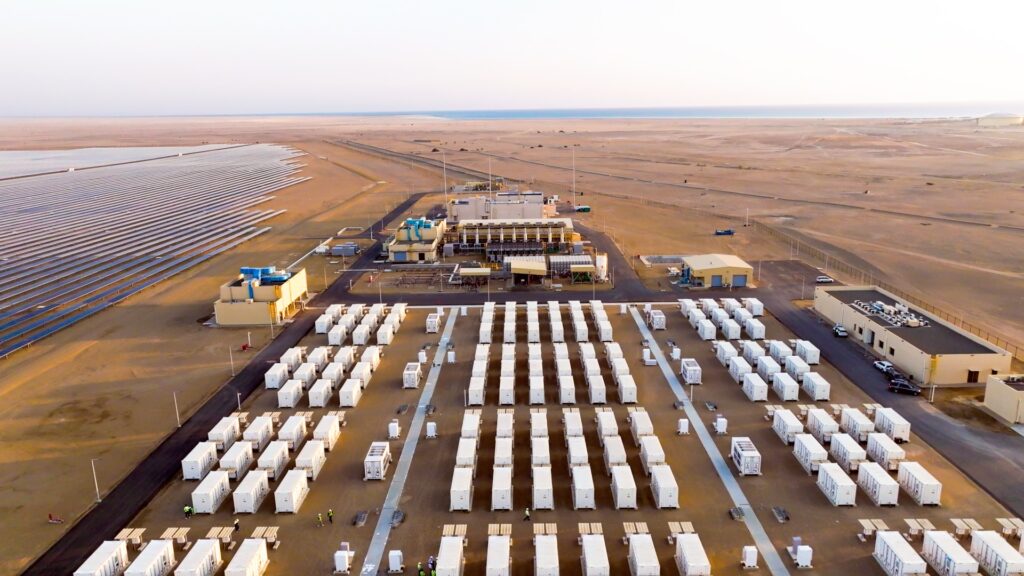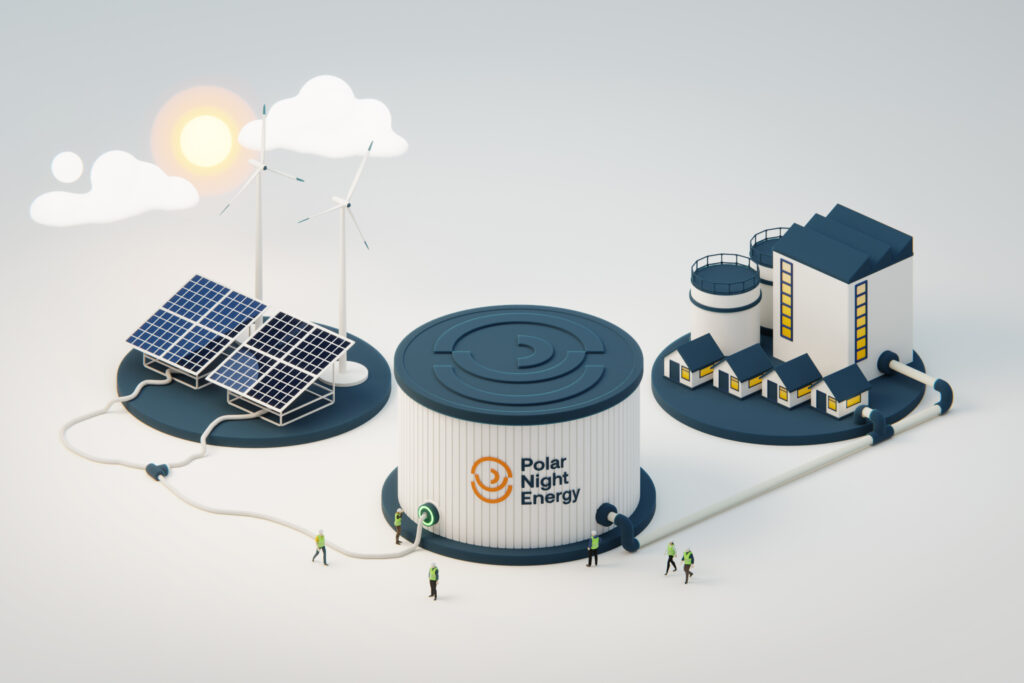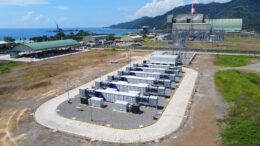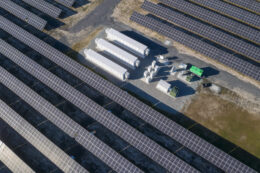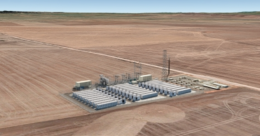Eco Stor: Online calculator determines storage requirements for energy transition

If the energy transition in Germany is to succeed, storage is needed. There is a widespread agreement on this, but the question is how much storage capacity the nation needs and which additional reserve power plants are necessary. Eco Stor has developed an online tool to answer the question.
The new tool allows anyone to run through future models and scenarios and determine the storage capacity required in the country. It is now available to the general public free of charge.
Simulate also what happens during a “Dunkelflaute”
The platform can be used to simulate various future expansion scenarios based on real load and generation data. The main aim is to show how much reserve capacity will still be needed during “dunkelflauten,” the periods when neither the sun shines nor the wind blows.
Dunkelflaute is defined as a period of more than 24 hours in which the feed-in of renewable energies is permanently below a threshold of 50% of the electricity demand. Such periods occur mostly in the winter months.
According to Eco Stor, using the online calculator is self-explanatory. There is also an “online helper” available that provides information on the most important steps.
The basis for generating the most realistic assumptions possible is the generation and consumption data from 2020 to 2023. From these initial values, you can then select how much photovoltaic or wind power will be installed in the future. Assumptions can also be made about how much short-term storage capacity is available or about electricity consumption.
The result then shows the remaining supply gap and how many reserve power plants are required in the event of an emergency.
According to Eco Stor, the modeling is based on certain simplifications. Regional network bottlenecks or cross-border electricity trading are not taken into account. The latter in particular will probably replace some short- and long-term storage needs in the future.
From pv magazine Germany

